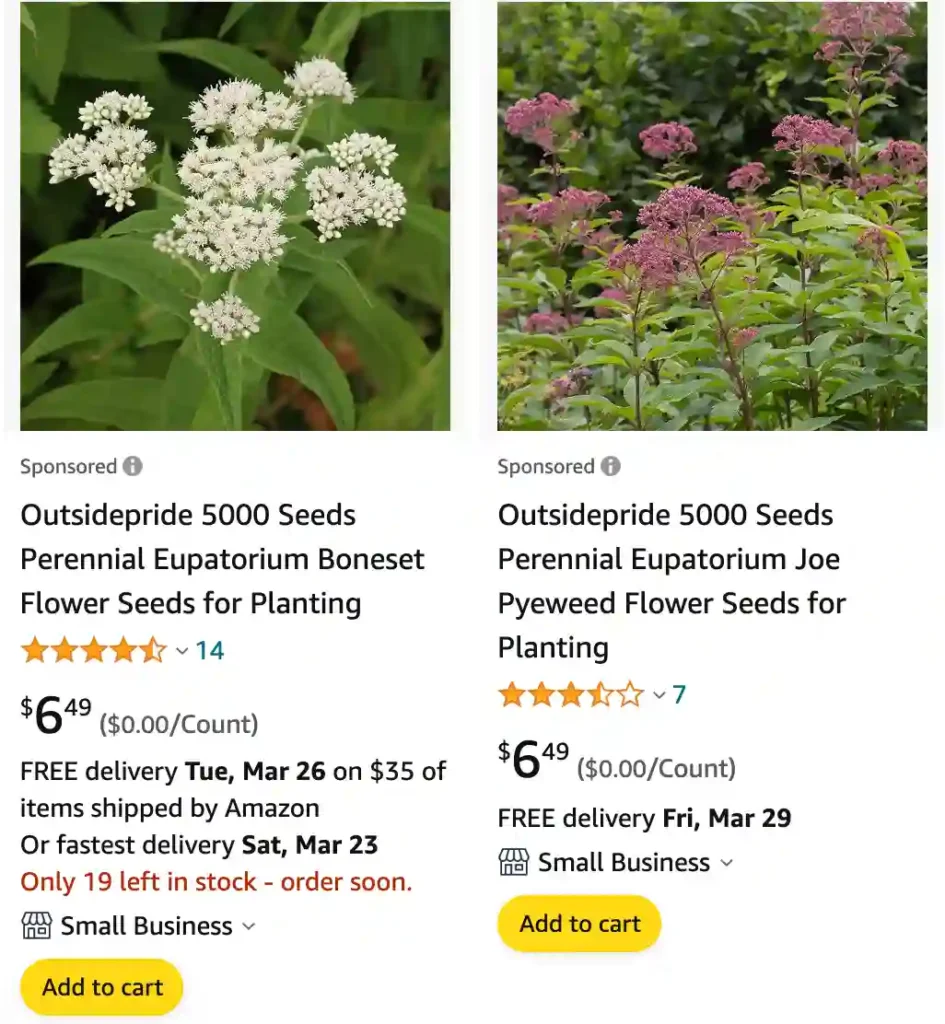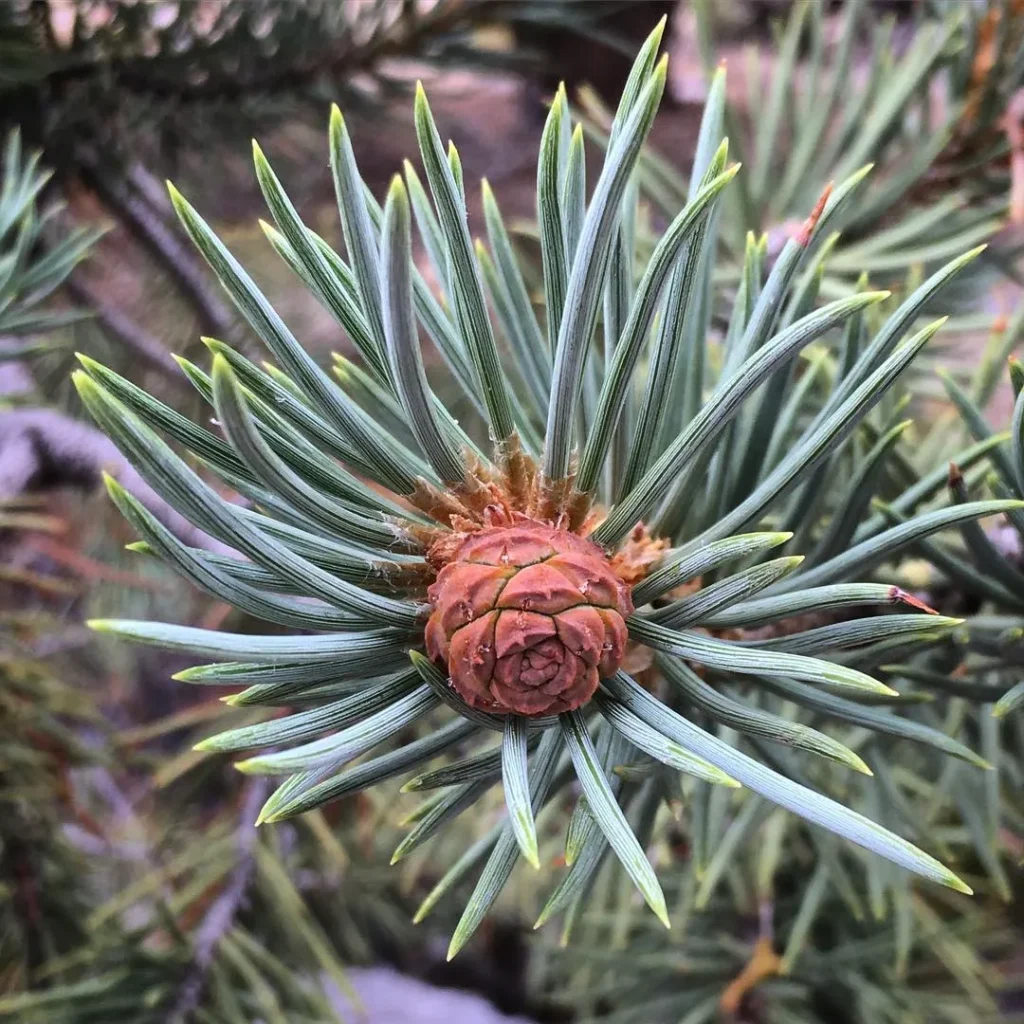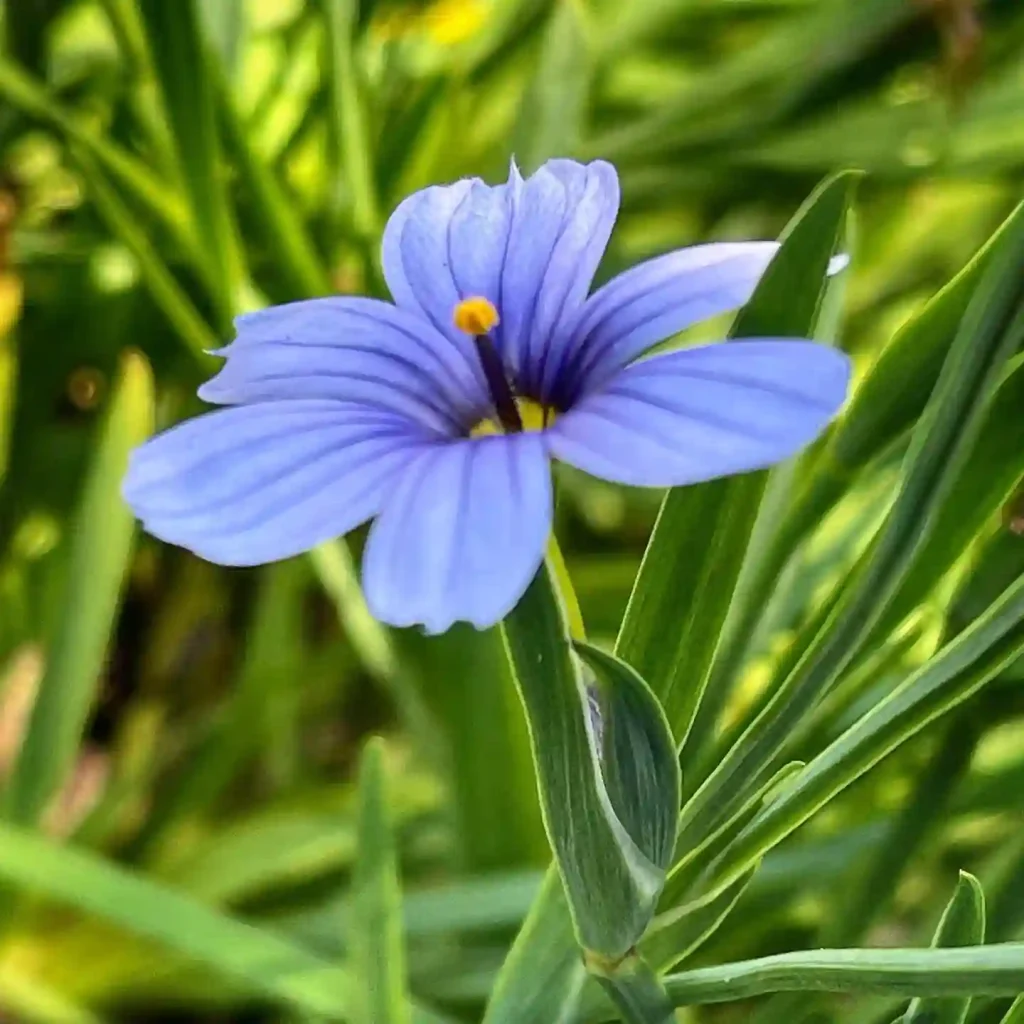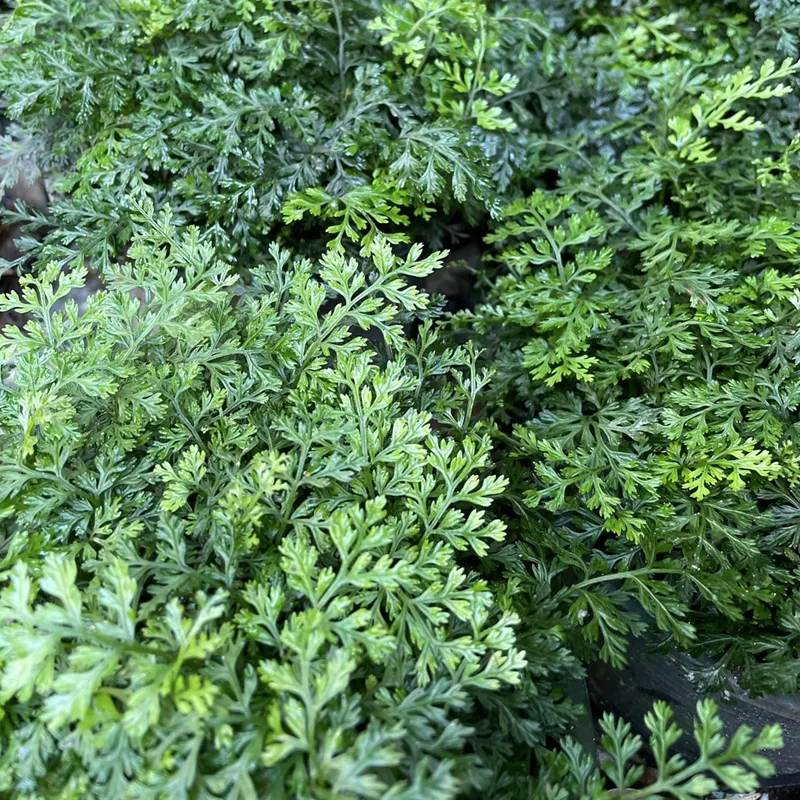
Eupatorium: A Deep Dive with Ferb Vu
The plant world is a vast and fascinating place, full of diverse species with unique characteristics and uses. As a plant enthusiast, I’m always eager to learn more about different genera and the fascinating world of botany. Today, I want to share my knowledge and passion for a particular genus that has captured my attention: Eupatorium.
This genus, belonging to the Asteraceae family, is a treasure trove of herbaceous perennials and shrubs. While estimates vary, it’s believed to contain anywhere from 36 to 60 species. Most of these plants are native to the temperate regions of the Northern Hemisphere, gracing landscapes with their presence.
Why Eupatorium?
What draws me to Eupatorium? It’s their resilience and adaptability. These plants are hardy, capable of thriving in a variety of environments. They’re also quite aesthetically pleasing, boasting clusters of small, fluffy flowers that range in color from white and pink to purple and blue.
But Eupatorium is more than just a pretty face. Historically, several species have been utilized in traditional medicine. While modern medicine has largely replaced these practices, it’s a testament to the versatility and potential benefits hidden within these plants.
Diving into Diversity: Eupatorium Species
One of the most exciting aspects of this genus is its diversity. Here are:
- Eupatorium album L.
- Eupatorium altissimum L.
- Eupatorium amabile Kitam.
- Eupatorium anomalum Nash
- Eupatorium areniscophilum Cabrera
- Eupatorium benguetense C.B.Rob.
- Eupatorium camiguinense Merr.
- Eupatorium cannabinum L.
- Eupatorium capillifolium (Lam.) Small ex Porter & Britton Plant FAQs: Eupatorium Capillifolium – Dogfennel
- Eupatorium chinense L.
- Eupatorium compositifolium Walter
- Eupatorium cordigerum Fernald
- Eupatorium doichangense H.Koyama
- Eupatorium formosanum Hayata
- Eupatorium glaucescens Elliott
- Eupatorium glehnii F.Schmidt ex Trautv.
- Eupatorium gnaphalioides Cabrera
- Eupatorium godfreyanum Cronquist
- Eupatorium guanyuanense S.S.Ying
- Eupatorium hagelundii Matzenb.
- Eupatorium heterophyllum DC.
- Eupatorium hualienense C.H.Ou, S.W.Chung & C.I Peng
- Eupatorium hyssopifolium L. Plant FAQs: Eupatorium Hyssopifolium – Hyssop-leaf Thoroughwort
- Eupatorium japonicum Thunb.
- Eupatorium laciniatum Kitam.
- Eupatorium lancifolium Small
- Eupatorium leonardii Ferreras & E.E.Lamont
- Eupatorium leptophyllum DC.
- Eupatorium leucolepis (DC.) Torr. & A.Gray
- Eupatorium lindleyanum DC.
- Eupatorium linearifolium Walter
- Eupatorium lineatum Sch.Bip. ex Baker
- Eupatorium loshanense S.S.Ying
- Eupatorium luchuense Nakai
- Eupatorium maracayuense Chodat
- Eupatorium maritimum E.E.Schill.
- Eupatorium mikanioides Chapm.
- Eupatorium mohrii Greene
- Eupatorium nanchuanense Y.Ling & C.Shih
- Eupatorium novae-angliae (Fernald) V.I.Sullivan ex A.Haines & Sorrie
- Eupatorium omeiense Y.Ling & C.Shih
- Eupatorium paludicola E.E.Schill. & LeBlond
- Eupatorium perfoliatum L. Plant FAQs: Eupatorium Perfoliatum
- Eupatorium petaloideum Britton
- Eupatorium pilosum Walter
- Eupatorium pinnatifidum Elliott
- Eupatorium pubescens Muhl. ex Willd.
- Eupatorium punduanum Wall. ex DC.
- Eupatorium quaternum DC.
- Eupatorium resinosum Torr. ex DC.
- Eupatorium rosengurttii Cabrera
- Eupatorium rotundifolium L.
- Eupatorium sambucifolium Elmer
- Eupatorium scabridum Elliott
- Eupatorium semiamplexifolium G.S.S.Almeida & Carv.-Okano
- Eupatorium semiserratum DC.
- Eupatorium serotinum Michx.
- Eupatorium sessilifolium L.
- Eupatorium shimadae Kitam.
- Eupatorium squamosum D.Don
- Eupatorium subvenosum (A.Gray) E.E.Schill.
- Eupatorium sullivaniae E.E.Schill.
- Eupatorium tashiroi Hayata
- Eupatorium × tawadae Kitam.
- Eupatorium toppingianum Elmer
- Eupatorium torreyanum Short & R.Peter
- Eupatorium variabile Makino
- Eupatorium yakushimaense Masam. & Kitam.
Eupatorium vs Eutrochium
I’ve found Eupatorium to be more delicate and daintier in appearance, while Eutrochium tends to have sturdier stems and bolder clusters of blooms. Both attract butterflies and bees, but Eutrochium seems to be a bit more resilient in varying weather conditions, at least from what I’ve observed in my garden.
What is Eupatorium perfoliatum used for?
I’ve read that Eupatorium perfoliatum has been traditionally used for a variety of medicinal purposes. People have used it to treat fever, flu, and other ailments, particularly in the form of teas or tinctures. Personally, I find it intriguing how plants like these were integral to herbal medicine practices. I haven’t used it medicinally myself, but I appreciate its place in natural remedies and folklore.
Does Eupatorium grow from roots?
Eupatorium definitely grows from roots, which is something I’ve observed in my own garden. It’s a hardy plant that can spread quite effectively through its root system. I’ve had to manage its growth carefully to ensure it doesn’t take over the space intended for other plants. It’s resilient and can come back year after year, which is great for a low-maintenance garden.
How tall does Eupatorium grow?
Eupatorium can grow quite tall, reaching heights of about 4 to 6 feet, sometimes even taller under the right conditions. I remember being surprised the first time it really took off in my garden, towering over some of the other perennials. It makes a great backdrop plant because of its height and the way its flowers can attract attention from afar.
How to grow Eupatorium?
Growing Eupatorium is relatively straightforward, in my experience. It prefers moist, well-drained soil and can thrive in both full sun and partial shade. I usually plant it in the spring, after the last frost, to give it the best start. Once established, it doesn’t need much fuss, which is perfect for someone like me who prefers low-maintenance plants.
How to propagate Eupatorium?
Propagating Eupatorium is something I’ve done by dividing the root clumps in early spring or fall. It’s quite simple: I dig up a mature plant, carefully separate the roots, and then replant the divisions in new locations. This method has worked well for me, and it’s an efficient way to increase the number of these plants in my garden.
How to use Eupatorium perfoliatum?
Using Eupatorium perfoliatum, beyond just enjoying its beauty, can be interesting. I’ve read about making herbal teas from its dried leaves, though I haven’t tried it myself. I mostly use it to attract pollinators to my garden. Bees and butterflies love it, and it’s always a joy to see them flitting around the flowers.
Is Eupatorium a perennial?
Yes, Eupatorium is a perennial, which is one of the reasons I love having it in my garden. It comes back every year without fail, providing reliable height and structure to my planting schemes. It’s one of those plants that, once established, you don’t have to worry too much about.
Is Eupatorium deer resistant?
One of the great things about Eupatorium is that it’s fairly deer resistant. Living in an area with a lot of deer, this is a huge bonus for me. They tend to leave it alone, which means I can count on it for consistent blooms even in a garden that’s often visited by these hungry animals.
Is Eupatorium native?
Eupatorium is native to North America, which makes it an excellent choice for local wildlife gardens. Knowing that it’s a native species gives me a sense of satisfaction, as it supports the local ecosystem. It feels good to grow plants that are naturally suited to my environment and beneficial to native insects and birds.
When to prune Eupatorium?
I usually prune my Eupatorium in late winter or early spring before the new growth starts. Cutting back the old stems helps promote healthy new growth and keeps the plant looking tidy. Sometimes I also do a light trim in the fall if it’s looking particularly unruly, but mostly I focus on the early spring clean-up.
Where to buy Eupatorium?
I’ve found that local nurseries and garden centers often carry Eupatorium, especially those that specialize in native plants. Online plant retailers are also a good option, as they tend to have a wider selection. When I first wanted to add it to my garden, I did a bit of research and found several reputable sources where I could purchase healthy specimens.
If i die, water my plants!



